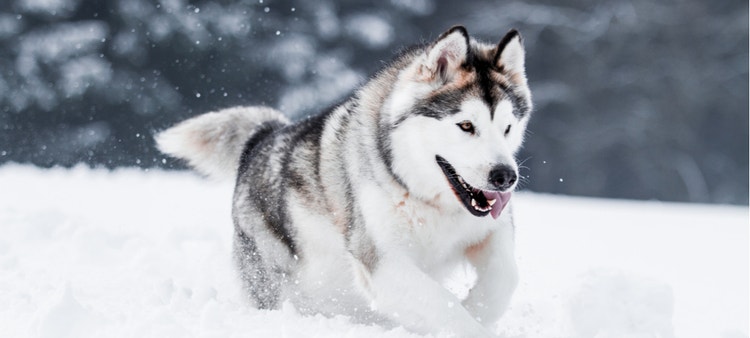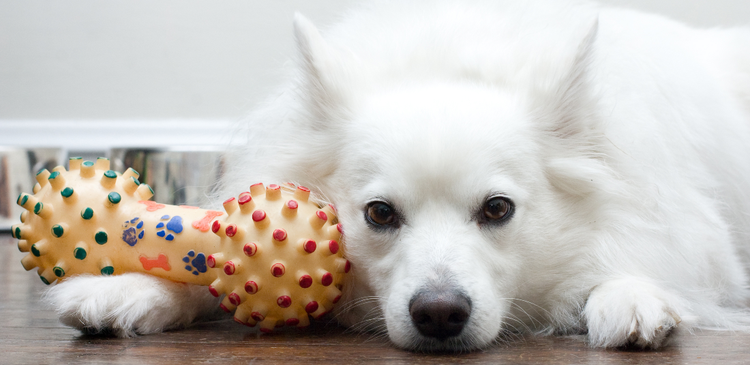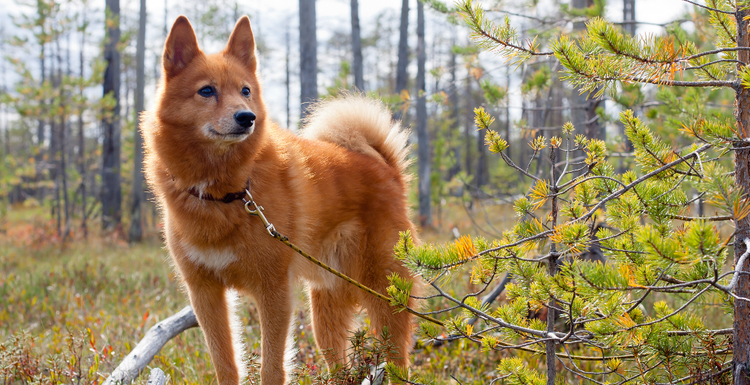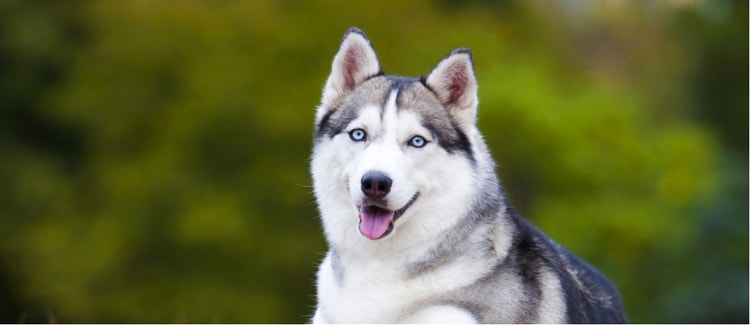
Siberian Husky
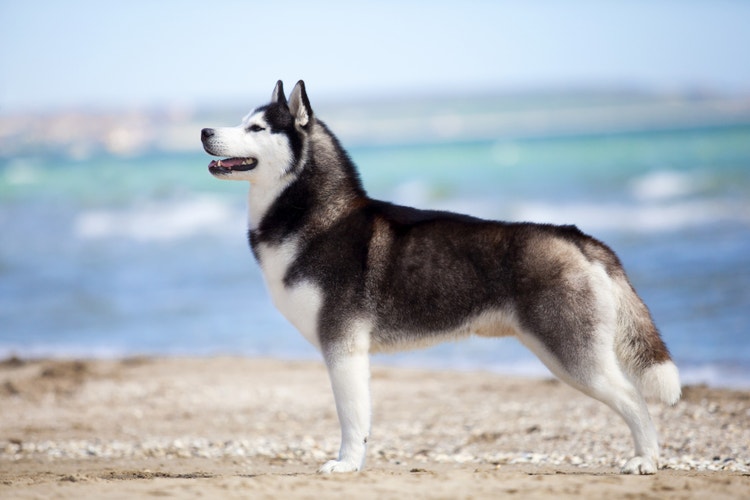
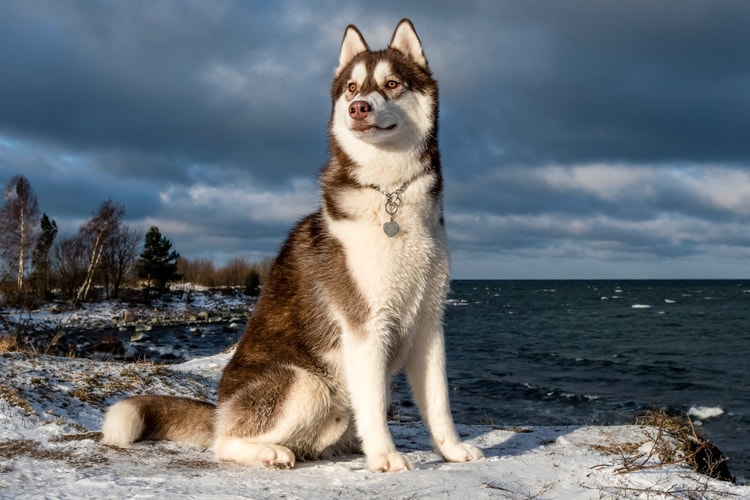
Where Are Siberian Huskies From?
The Siberian Husky was developed centuries ago by the Chukchi people, who used the breed to transport goods and act as companion animals. Due to a climate change in their homeland, the Chukchi expanded their hunting territories, which precipitated a change in the Siberian breed. They evolved to excel at pulling sleds over very long distances without tiring.
The Siberian was first seen in Alaska in 1909, where a team competed in the All Alaska Sweepstakes Race. The breed was noted for their strength and unparalleled endurance, showing great success as working dogs in search and rescue endeavors and as sled dogs.
Caring for a Siberian Husky
What Kind of Diet Does a Siberian Husky Need?
What Kind of Diet Does a Siberian Husky Need?
The Siberian requires a nutrient-rich diet to ensure a healthy coat and benefit their active lifestyle.
How Much Grooming Does a Siberian Husky Need?
How Much Grooming Does a Siberian Husky Need?
Siberians are very easy to maintain, requiring few baths and occasional brushing to keep the coat and skin healthy. They shed their undercoats twice a year, which necessitates a thorough raking to remove the dead hair.
An important note about grooming: make sure that your Husky is completely dry after bathing, as a damp undercoat can develop hot spots.
Are Siberian Huskies Healthy Dogs?
Are Siberian Huskies Healthy Dogs?
Siberian Huskies are relatively healthy. The most notable concerns are juvenile cataracts and other eye issues, making an annual screening by an ophthalmologist ideal. The Husky lifespan ranges from 12 – 14 years.
Huskies are predisposed to: gastric dilatation volvulus, juvenile cataracts, corneal dystrophy, entropion, progressive retinal atrophy, pannus, laryngeal paralysis, degenerative myelopathy, hypertension, zinc responsive dermatosis, and perianal gland adenoma.
Do You Need to Train a Siberian Husky?
Do You Need to Train a Siberian Husky?
Siberians require basic obedience training. Those in need of a sled dog will have to seek specialized instruction. They are very social and will become destructive if left alone – so enjoy each other’s company! When walking with your Husky, be sure to keep them on a leash to prevent wandering.
How Much Exercise Does a Husky Need?
How Much Exercise Does a Husky Need?
Siberians are incredibly energetic and active dogs who need regular exercise to stay happy. They love participating in any number of activities, including agility, rally, obedience, and long hikes with their families. Dogs who live in a more urban setting also thrive in playgroups or daycare.
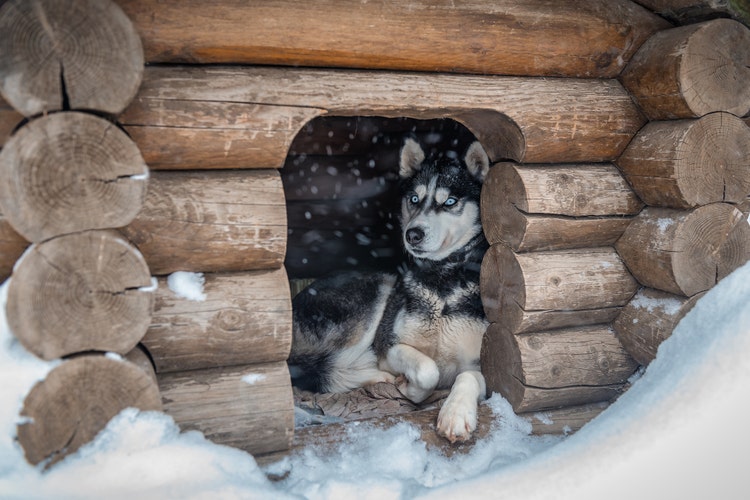
Are You Ready to Adopt a Siberian Husky?
To adopt a Siberian Husky, start by making sure a dog of this size and demeanor will fit your lifestyle. Use our pet adoption checklist to walk through each step in the adoption process. Complete the necessary adoption applications and be prepared for interviews or home visits. Spend time with potential dogs to find a good match. Finally, prepare your home for the new pet, ensuring it's safe and welcoming.
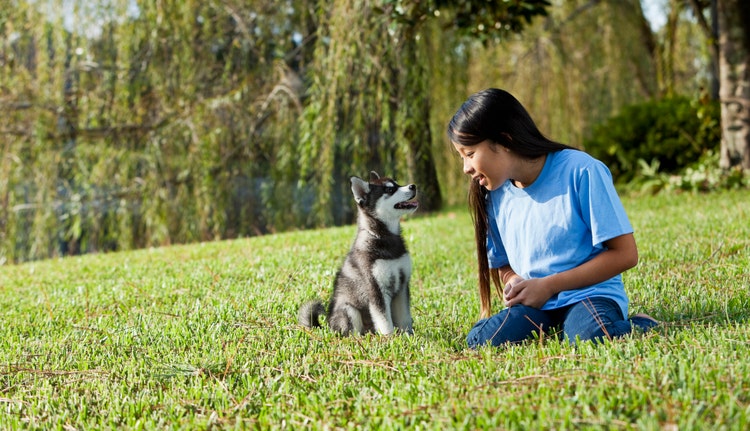
Pet Insurance Options for Siberian Huskies
Pet insurance for a Siberian Husky may help cover costs for things like bloat and ocular conditions. Consider a policy that includes hereditary and congenital conditions, flexible coverage options, and reasonable premiums.
Use our insurance aggregator tool to compare providers and find the best plan for your dog's unique needs.
What Are the Physical Characteristics of a Siberian Husky?
Siberian Husky Facts
Other Breeds to Explore
References
- American Kennel Club. The Complete Dog Book. Random House Digital, Inc., 2006.
- Morris, Desmond. Dogs: The Ultimate Dictionary of Over 1,000 Dog Breeds. Trafalgar Square, 2002.
- Wilcox, Bonnie and Chris Walkowicz. The Atlas of Dog Breeds of the World. T.F.H Publications, Inc., 1995.
